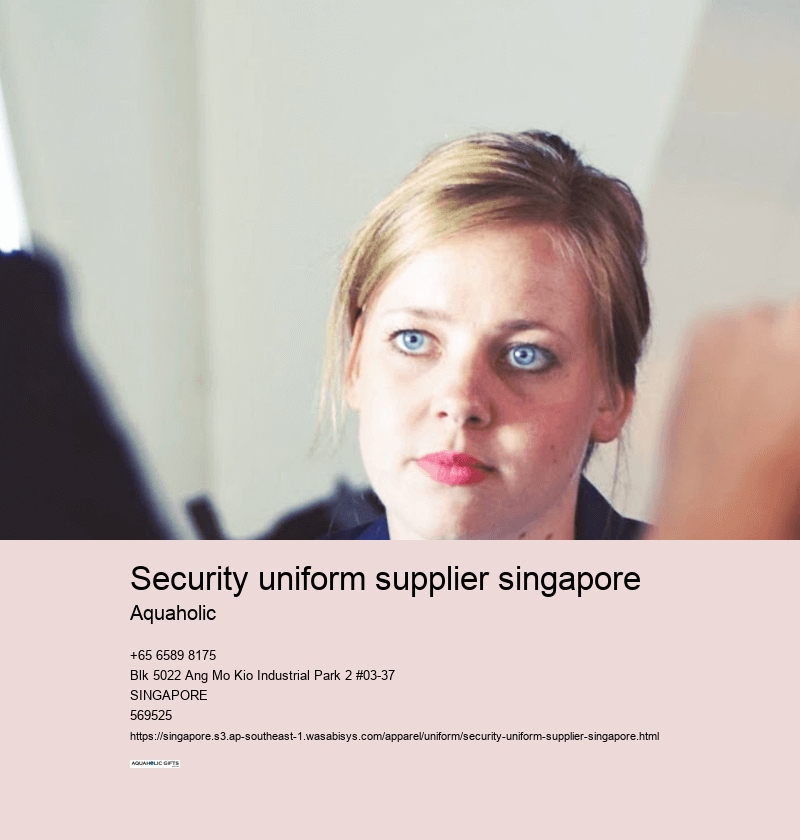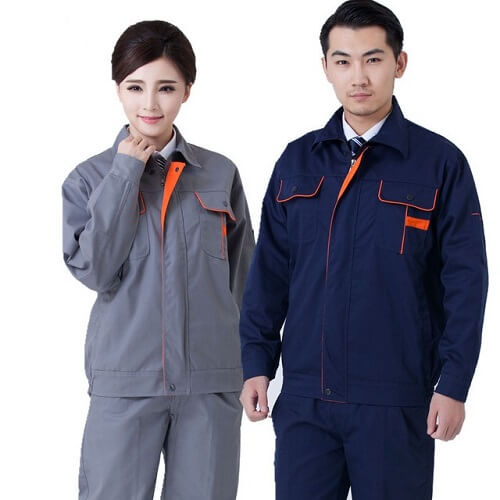security uniform supplier singapore
uniform manufacturers
Before beginning this journey, the design vessel must be strong and stable. When the environment screams sophistication and authority, wool and cotton suits often stand unbeaten. The uniform you wear isn't a universal thing.
Uniforms aren't just clothes They are canvasses which convey the story of an organization. The uniforms should be inclusive and cater to individuals of all sizes.
Colors and fonts in customization act like the unsung heroes. The darker colors absorb heat while lighter shades reflect the heat.
Imagine you are wrapped in warmth during the harsh winter months. How do you want the names to appear?



